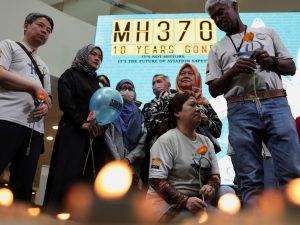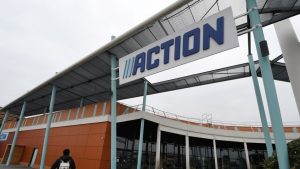I have written more columns than I care to count over the last decade on the urban core’s lack of integrated bike lanes and the City’s long-neglected 2011 Bicycle Master Plan , which falsely claims San Antonio has 210 miles of bike lanes. San Antonio might have that many miles of fading white stripes painted on roadways, but it isn’t a city with 210 miles of bike lanes.
Our lack of progress on that front as the Decade of Downtown draws to a close is reflected in the fact that City officials still cite the 210 miles figure eight years later, while seldom noting the report’s call for a city with a “1,768-mile bicycle network.”
This isn’t just about the cycling community. San Antonio fares poorly in the ranking of cities with safe streets and public health, and there is a definite link between the two.
The lack of continuous sidewalks, particularly in the historic inner-city neighborhoods populated by people of color, the lack of bike lanes, and an underfunded mass transit system all contribute to limited mobility options, poor public health, worsening air quality, and people’s strong preference to travel everywhere individually by car, truck, or SUV.
Now Mayor Ron Nirenberg and City Councilman Roberto Treviño (D1) are locked in a public dispute over the nearly completed redesign of Lower Broadway, a signature $42 million “complete street” project in the City’s 2017 $850 million bond program. You read it first in this article, Nirenberg, Treviño on Opposite Sides of Broadway Bike Lane Debate as Design Nears Completion , by Senior Reporter Iris Dimmick.
In brief, Treviño has worked with staff, urban developers, and property owners to devise a plan that would push bike lanes to adjacent Avenue B and North Alamo Street, leaving lots of room on Broadway for wide sidewalks, on-street parking, and pickup and drop-off spots for rideshare, taxis, and other vehicles.
Nirenberg wants protected bike lanes and the people riding those bicycles to be part of the Broadway fabric as the long-moribund River North district slowly comes alive with new residential, retail, and commercial development.
I am with the mayor. Broadway needs a road diet, not a redesign that only encourages more vehicle traffic. The urban core’s new residents, and there are thousands of them, want mobility choices and they want to spend as little money and time as possible on automobiles. They also want safe streets – ones that are not so dominated by vehicles that cyclists, scooter users, and pedestrians must take to those streets at their own risk.
That message came through loud and clear at the recent workshop staged by the local chapter of the Women’s Transportation Seminar International at Hardberger Park. Gil Penalosa , the founder of 880 Cities in Toronto, was the keynote speaker. He’s a passionate advocate for building streets for people. Unfortunately, a room that included many City staffers did not include any senior staff or elected officials. In their defense, they were busy elsewhere, planning the fiscal year 2020 City budget.
Community members gather around proposed designs for Lower Broadway during a public meeting Thursday. Credit: Bonnie Arbittier / San Antonio Report The core problem in San Antonio is not money, it’s not street capacity, it’s not the lack of cyclists and pedestrians, hot climate notwithstanding. It’s the culture in the bowels of City Hall.
City staff includes Jillian Harris , whom I call the bike czarina, and a young Vision Zero team, and they have their priorities right. I don’t see much evidence that anyone is listening to them or including them in the decision-making process.
The City’s Transportation and Capital Improvements Department, which has been without a permanent director since December, has long made vehicle traffic its priority – some would say at the expense of all else. The latest Broadway design, in my view, reflects that bias and can only be fixed by hitting the reset button and imagining a street not for the last 25 years but for the next 25 years.
I spent most of a Friday morning hour pedaling up and down Lower Broadway, starting at 8 a.m. Vehicle traffic was thin. Most of the on-street parking was empty. About a dozen vehicles were parked on Broadway south of Travis Street, all at expired meters or in places where the drivers had ignored the City’s sidewalk parking ticket station.
Most of Lower Broadway below Jones Avenue remains a mishmash of surface parking lots, small offices, scattered retail, vacant or underutilized commercial buildings, and two multifamily and mixed-use projects under construction.
There is no need now or in the near future for wide sidewalks of 10 feet or more as envisioned in the plan. There is nothing on the near horizon to attract that kind of people traffic. Nor is there a need to give grouchy retailers on-street customer parking or pullover spots for passenger drop-offs. Let Uber and Lyft drivers turn on to side streets for drops and pickups. Let people pay for their parking in area lots or, if the price stops them, let them become bus riders.
Give cyclists protected bike lanes, which can be easily engineered with more narrow sidewalks, especially if we bury the utilities and stop using sidewalks as placeholders for utility poles and street signs. CPS Energy can afford to cover the cost of burying those utilities.
Let’s build at least one stretch of a “complete street” in downtown San Antonio, one with protected bike lanes. Build it and they will come. It might be the smartest thing that City leaders can do to inject new life in old Broadway.








